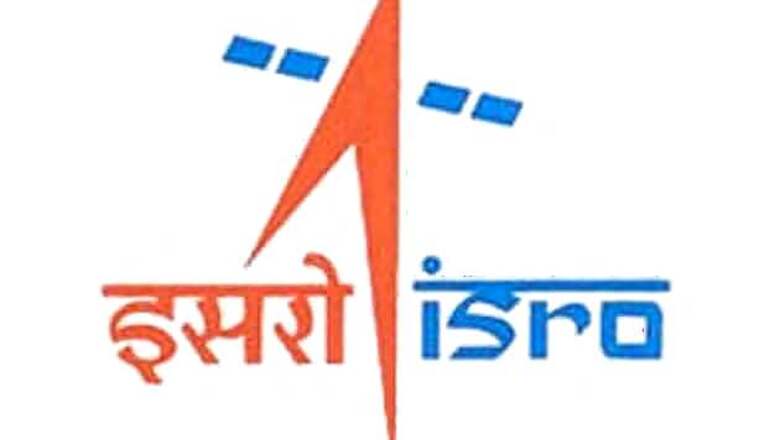
views
Chennai: The countdown for the first midnight launch of an Indian navigation satellite July 1, 2013 began on Saturday at Sriharikota rocket launch centre in Andhra Pradesh and is progressing smoothly, a senior official said.
"The 64.5 hour countdown for India's first navigational satellite IRNSS-1A began at 7.11 am today (Saturday). It is progressing smoothly," a senior official at the Indian Space Research Organisation (ISRO) told IANS.
According to the ISRO official, this is the first time India is launching a rocket from its soil around midnight - the rocket launch is fixed at 11.41 pm on Monday.
"We have had late evening and early morning launches. But this is the first time ISRO is launching a rocket around midnight," the official said.
He said ISRO chairman K Radhakrishnan is expected to have a brief meeting with the media at the rocket port post launch which will be around 12.45 am on Tuesday.
The official said the launch time has been fixed taking into account the orbit and inclination at which the satellite will be injected.
Around 20 minutes into the launch, the rocket Polar Satellite Launch Vehicle-XL (PSLV-XL) will eject the navigational satellite at an altitude of 501 km.
According to ISRO, the 1,425 kg navigational satellite IRNSS (Indian Regional Navigational Satellite System)-1A is intended to provide terrestrial, aerial and marine navigation services and help in disaster and fleet management.
The satellite with a life span of around 10 years is one of the seven satellites constituting the IRNSS space segment - a regional navigational system developed by India designed to provide accurate position information service to users within the country and up to 1,500 km from the nation's boundary line, ISRO said.
The IRNSS will provide two types of services - standard positioning service and restricted service. The former is provided to all users and the later is an encrypted service for authorised users.
ISRO had planned to launch IRNSS-1A last month. But it had to put off after finding a problem in one of the electro-hydraulic control actuators in the second stage engine.
The rocket was fully assembled with the satellite when the problem was detected during checks.
The second stage had to be dismantled to replace the actuator which is an assembly of several components. It weighs around 20 kg.
Following the Monday launch of navigational satellite, ISRO is planning to launch its communication satellite G-Sat 14 using a heavier rocket - Geosynchronous Satellite Launch Vehicle (GSLV) - powered with a domestic cryogenic engine some time in August 2013.
Preparatory work for the G-Sat 14 launch is going ahead at the rocket launch pad in Sriharikota in Andhra Pradesh, around 80 km from Chennai.
It will be followed by the mission to Mars later this year. The launch of one more remote sensing satellite is also being planned before the end of 2013.




















Comments
0 comment